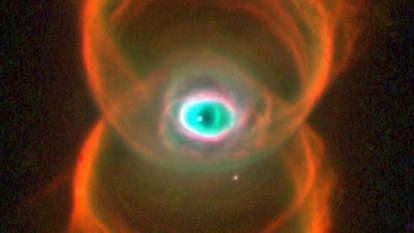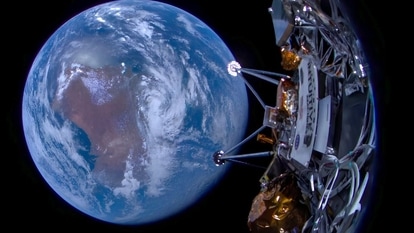Asteroid 2023 DJ1 coming towards Earth; Bus-sized rock clocked at 22392 kmph
NASA expects a bus-sized asteroid to make a very close approach with Earth as soon as today. Know its distance, trajectory, speed and other details.


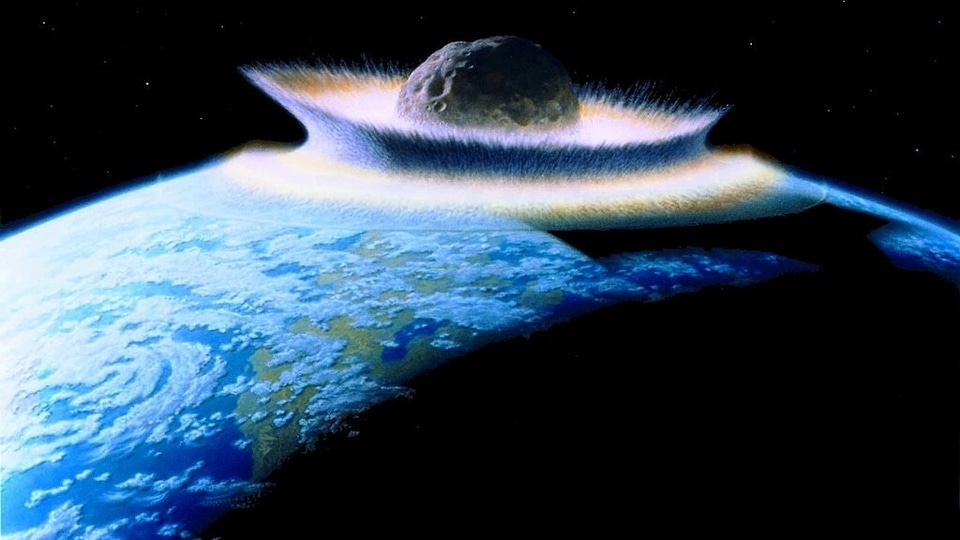

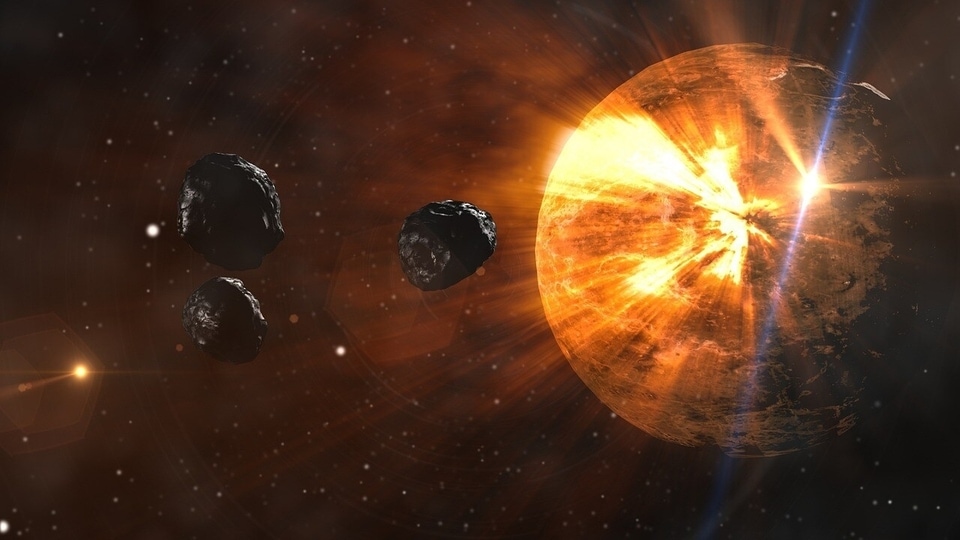
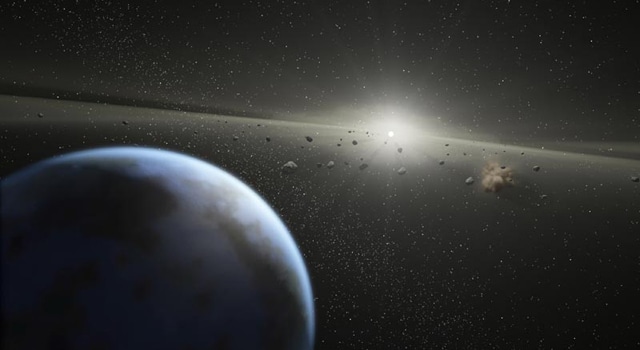
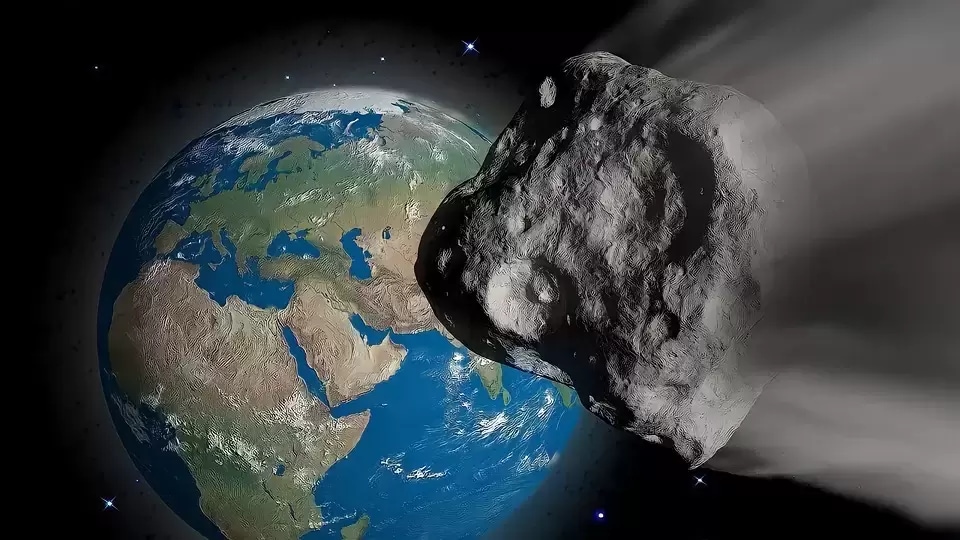
 View all Images
View all ImagesNearly 65 million years ago, a single asteroid is believed to have caused the extinction of the dinosaurs. Despite the devastation caused by the impact, the Earth survived. However, this does not mean that the Earth is asteroid-proof, as a collision with a very big one may well result in the extinction of all life on the planet. The Earth's gravitational force attracts asteroids, meteors and other celestial objects towards it, resulting in surface impacts. NASA and other space agencies are responsible for monitoring these Near-Earth Objects (NEOs) using telescopes both on the ground and in space.
With its advanced tech, NASA has now issued an alert against an asteroid that is set to make a close approach with Earth today, March 1.
Asteroid 2023 DJ1 details
NASA has warned that Asteroid 2023 DJ1 is on its way towards Earth today, March 1, travelling at a staggering speed of 22392 kilometers per hour. It will make its closest approach to the planet at a distance of just 1 million kilometers. According to NASA, Asteroid 2023 DJ1 is not nearly as big as other asteroids which pass Earth closely. It is estimated to be about 25 feet wide, making it as big as a bus.
According to the-sky.org, Asteroid 2023 DJ1 orbits the Sun in around 209 days. During this trip, its farthest point from the Sun is at 157 million kilometers and its nearest point is 111 million kilometers.
Did you know?
One asteroid that NASA is studying up close, called Bennu, has a 1/2700 chance of impacting Earth between 2175 and 2195. The OSIRIS-REx spacecraft will complete a 2-year investigation of Bennu before plucking a sample of asteroid material off its surface and delivering it back to Earth. Along with collecting a sample, OSIRIS-REx will also be studying how light absorbed from the Sun and re-radiated by Bennu affects its orbit—and consequently, how that orbit could become more dangerous for Earth.
Catch all the Latest Tech News, Mobile News, Laptop News, Gaming news, Wearables News , How To News, also keep up with us on Whatsapp channel,Twitter, Facebook, Google News, and Instagram. For our latest videos, subscribe to our YouTube channel.






